Assign User Global Permissions
In this blog, I will assign user global permission to FQDN active directory administrator user account to access VMware vCenter instead of [email protected] account.
1- Log in with your VMware vSphere Client, typing vCenter username and password.
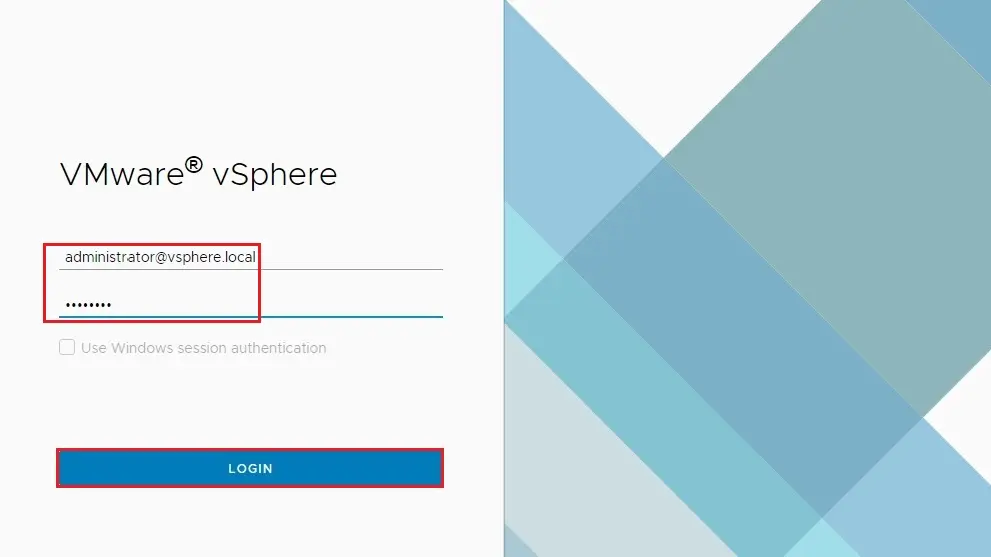
2- Select the menu tab and click on the administrator option.
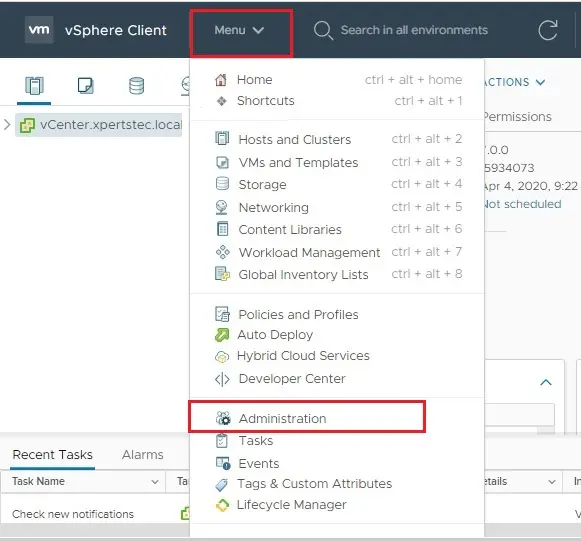
3- On your left-hand side under Access Control, select Global Permission and click the + icon.
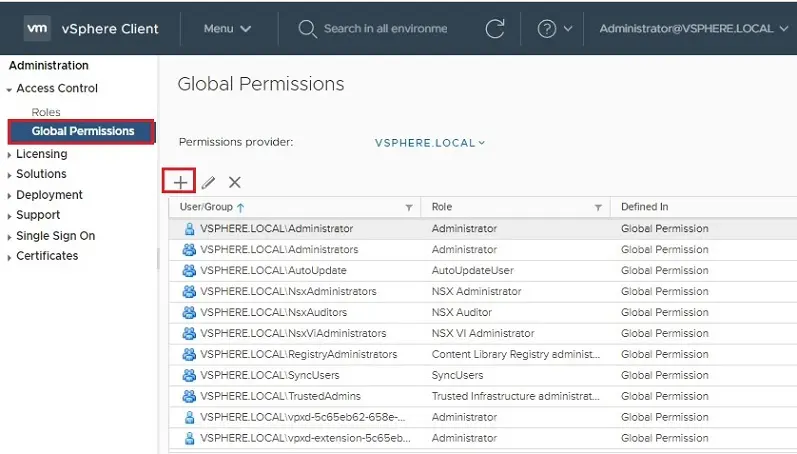
4- From the Domain drop-down box, select an active directory domain (xpertstec.local).
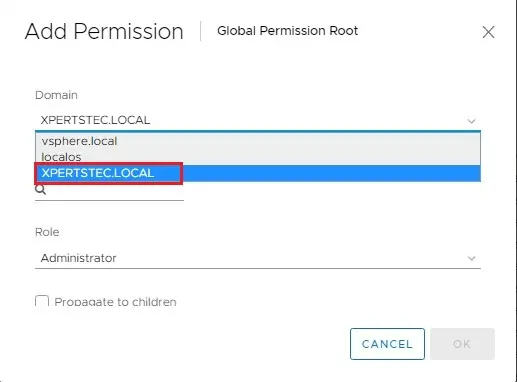
5- From the User/Group option, type administrator and then select administrator.
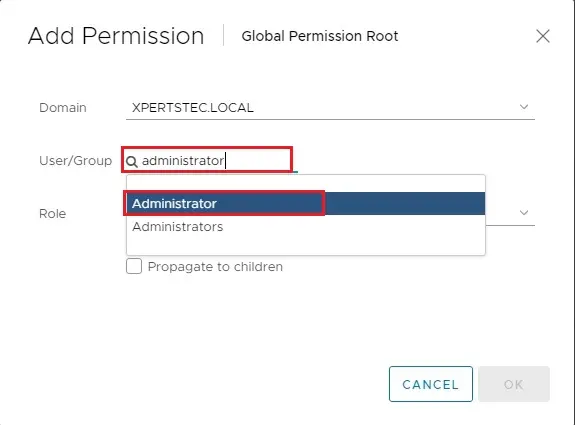
6- Select Administrator under role.
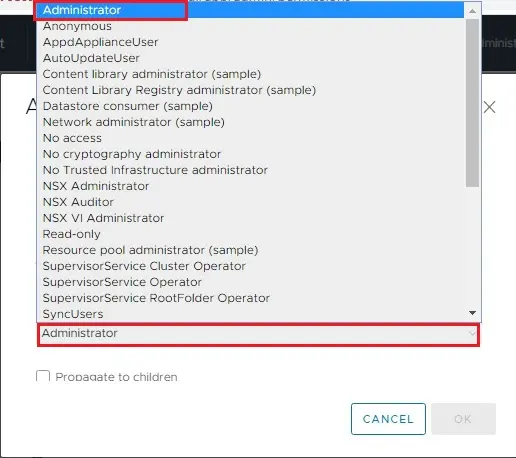
7- Choose Propagate to children checkbox and then click OK.
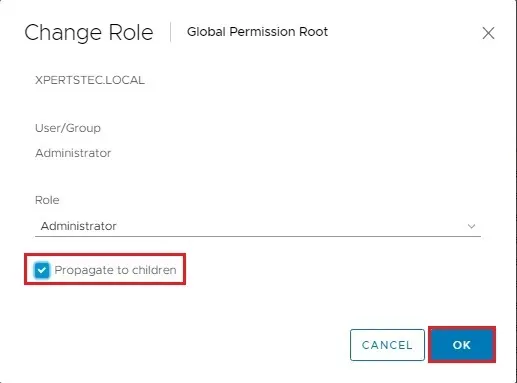
8- Now you can see FQDN successfully added, so select [email protected] and then click Logout.
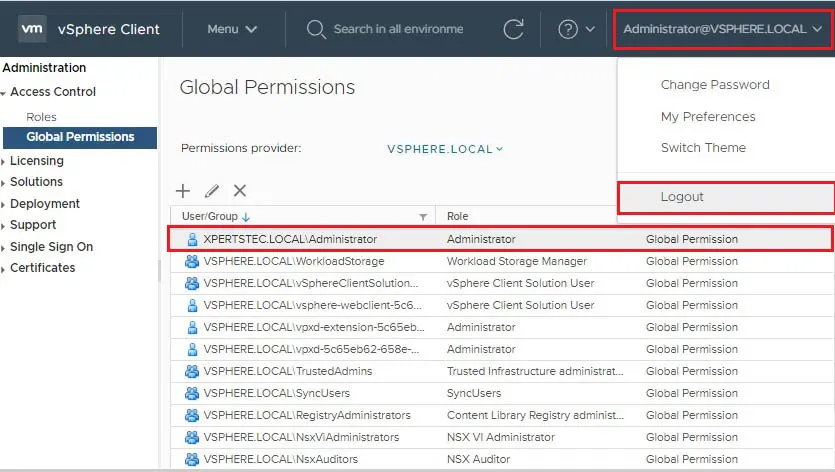
9- Type the local domain username and password and then click login.
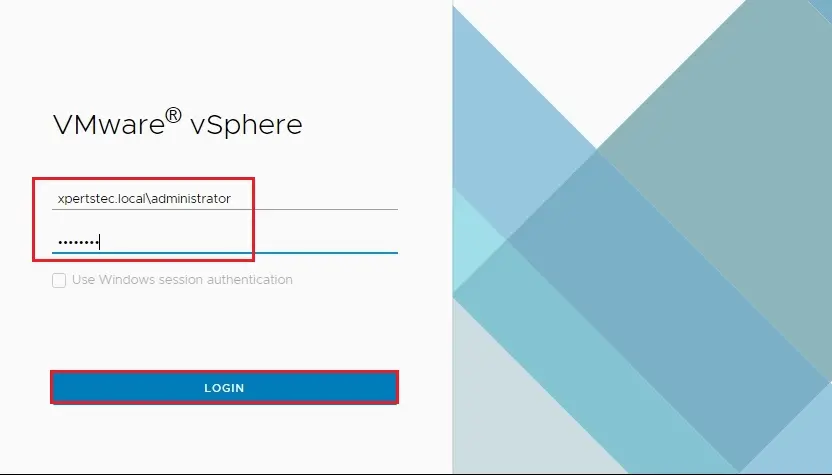
10- Login with the active directory domain administrator account.
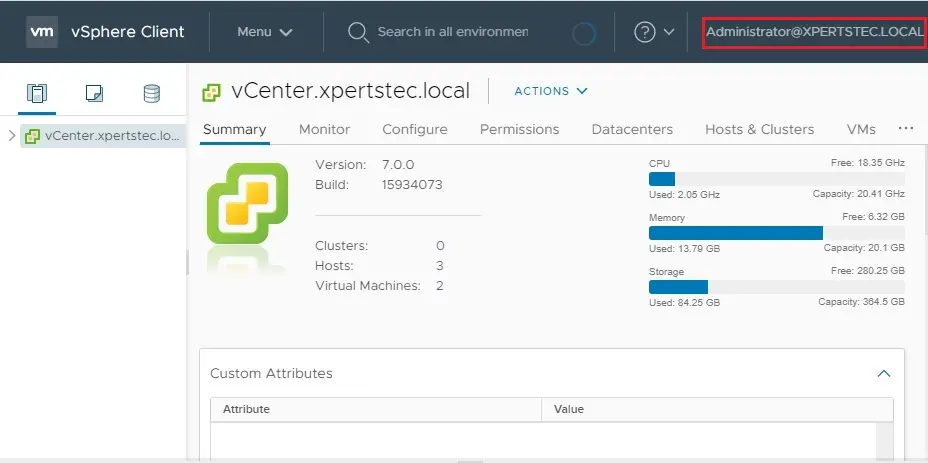
How to assign user read only permissions
I already created Active Directory account user name Jamil to assign permissions on vSphere objects using this same account. Here I will set read-only permission for the user name Jamil. Or you can allow Jamil users to perform basic tasks such as powering on or rebooting a virtual machine.
1- Login with your VMware vSphere Client, select the menu tab, and click on the administrator option.
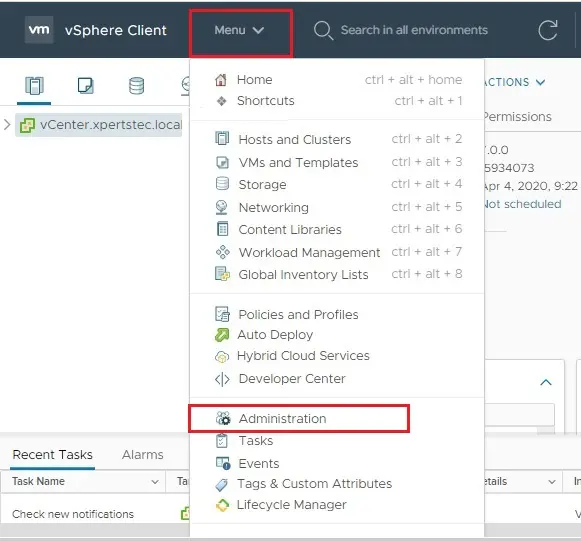
2- On your left-hand side under Access Control, select Global Permission and click the + icon.
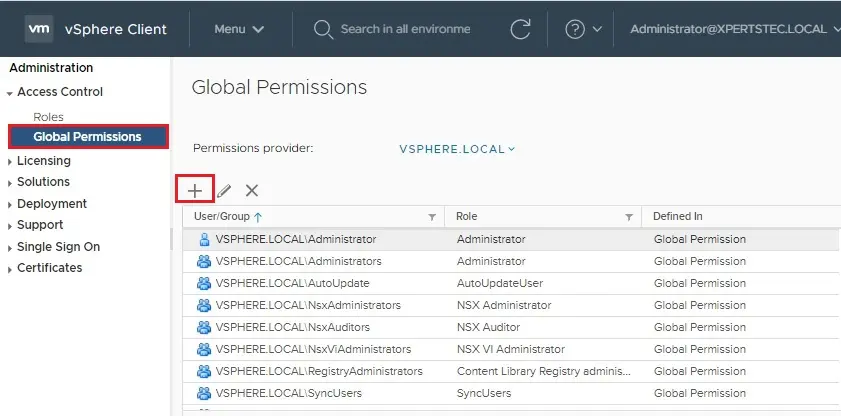
3- From the Domain drop-down box, select an active directory domain (xpertstec.local).
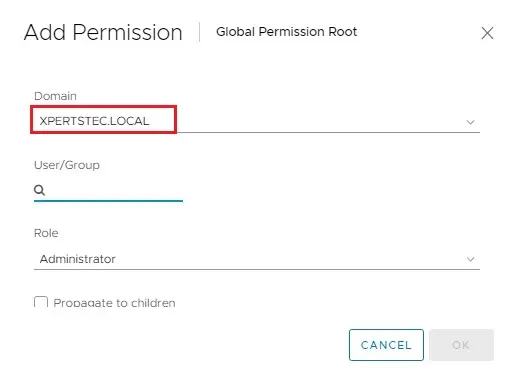
4- From the User/Group option, type a user name (for example Jamil) the one you want to give read-only permission
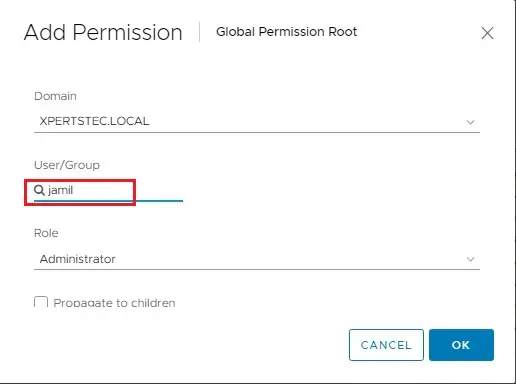
5- Select Read-only under role.
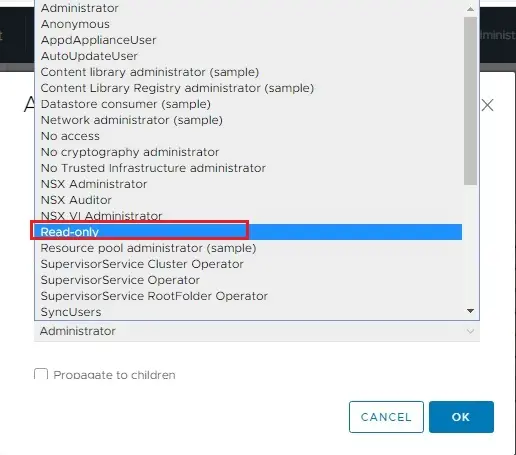
6- Choose the Propagate to children checkbox and then click OK.
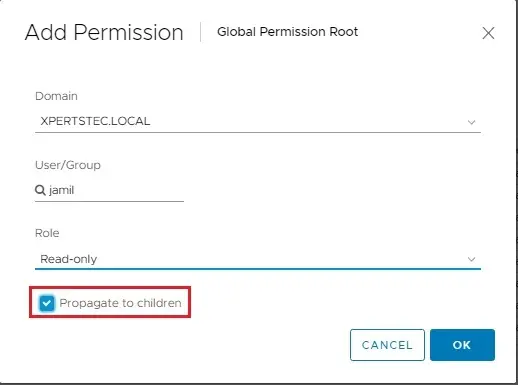
7- Now you can see the Read-only user successfully added, so select [email protected] and then click Logout.
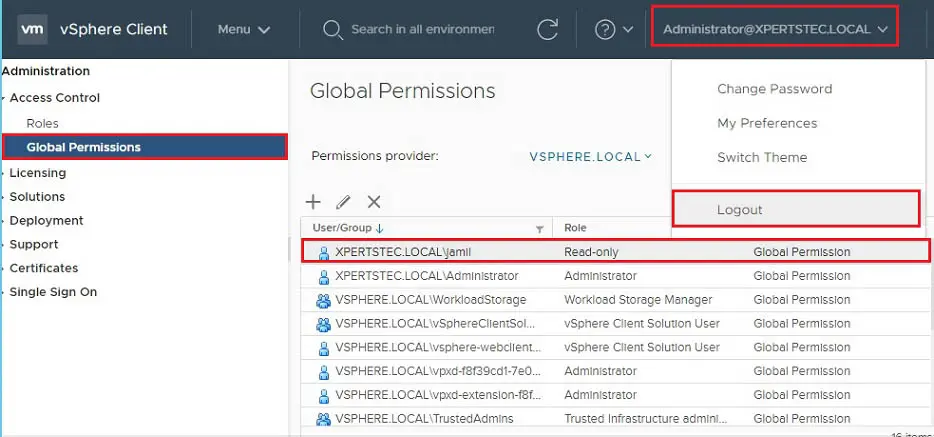
8- Type the local domain username and password and then click login.
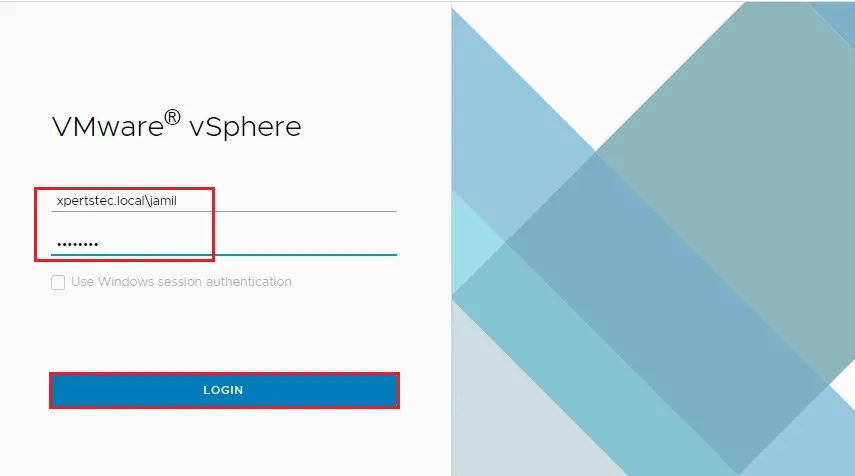
9- Login with the read-only account, and you can check the VM menu hidden
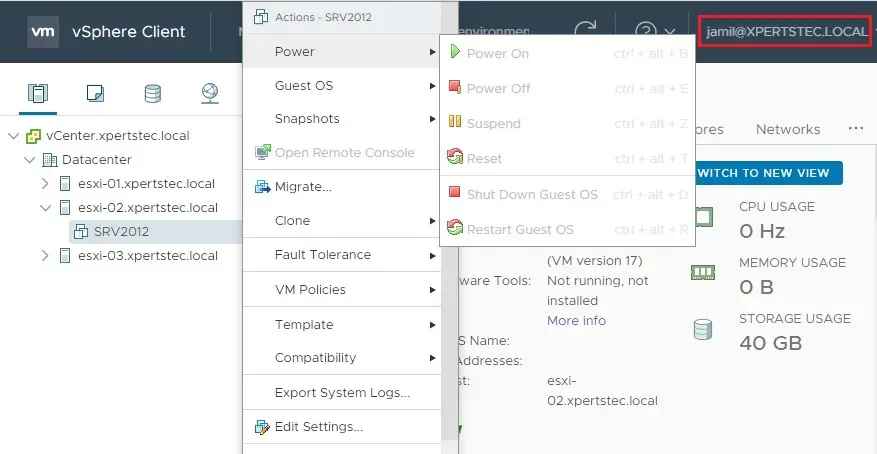
For more details please visit VMware



No Comments
Like!! Really appreciate you sharing this blog post.Really thank you! Keep writing.
thank you